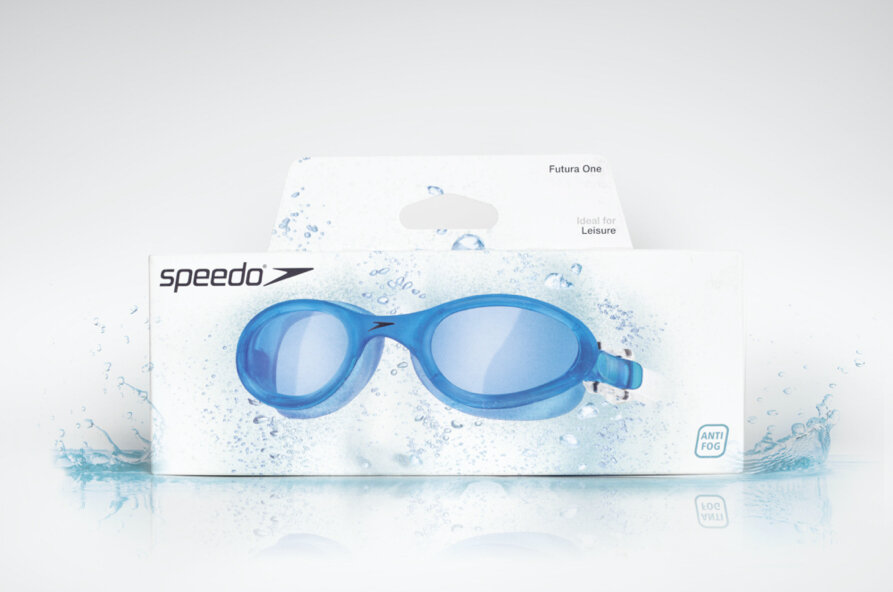![]() By Caroline Hagen
By Caroline Hagen
If you wander the aisles of a major DIY or sportswear retailer or garden centre (think B&Q or Wickes), you might wonder why some packs catch your eye.
This will be because the brand owner has spent time and effort getting their product packaging design right. The marketing director has woken up to the fact that investment in effective design engages consumers and decided to use their product’s packaging as the powerful sales and marketing tool it is.
Sure, you can simply see your pack as something your product has to be carried in for it to be shipped from your factory, received by the retailer and popped on shelf for your consumer to carry it home in…
But what if you saw it as free advertising space?
…A chance to talk to a retailer about how to merchandise your product and an opportunity to persuade your consumer to buy your product and your brand?
After all, a product can often sit on-shelf in a big shed environment for months – unlike FMCG, which, as the mnemonic suggests, are fast moving (consumer goods). Your product is sitting there waiting to be picked up and bought but it’s also sitting there in its packaging which, to the canny marketer, is a free billboard.
So what does getting your product packaging design right mean?
Here are 4 ways in which you can really use your packaging to great effect…
1. Brand Blocking
Using the presence of many SKUs lined up together to create strong visual impact
In the vast retail environment of a DIY retailer or garden centre, there can be many many packs on the shelves. This is such an opportunity to use your product packaging design to dominate a fixture – the more impactful the design, the more it will dominate the shelf and adopt category leadership.
In this example of our global redesign for Speedo goggles, visual impact is achieved by using the consistency of a white background and the visual of a face. The goggle imagery provides variety and interest across the full range.

2. Stand Out
Creating a design that stands out from competitors so that your consumer spots it easily on shelf
Your brand will have certain unique features that can be developed into ownable visual assets. Once translated onto your product packaging design these unique attributes become ownable by you and can’t be copied by other brands.
Reach’s redesign of Solabiol stands out on shelf amongst its competitors for 2 main reasons. Firstly, the logo in the form of the sun is unique in the category (the sun/sol being part of the brand name). Secondly, the bright and optimistic sunny orange colour that dominates the packs.

3. Emotional Engagement
Engaging consumers with an emotional message that attracts them to your brand
Consumer insight can provide you with an emotional proposition that will resonate (albeit subconsciously) with your consumer. If you can communicate this in your product packaging design, you persuade consumers to stop at the fixture and consider purchasing your product.
This Speedo pack features a face underwater and subliminally triggers in consumers’ minds that feeling at the beginning of a swim wearing goggles, when you first immerse yourself in the water. This triggers empathy with your consumer and is far more likely to result in them picking up your pack to find out more or indeed purchase.

4. Easy Range Selection
Effectively differentiating product ranges to make the choice on offer clear to your consumer
With no store staff in sight, your consumer has to spend time at the fixture pondering where the product is they’re looking for. If your product packaging design clearly signals the ranges on offer, they are far more likely to buy from you rather than becoming frustrated and buying a competitor’s product.
In the case of Solabiol, the first decision in the shopper journey is whether they are enhancing their garden – ie need a fertiliser – or solving a problem such as killing pests or getting rid of weed – ie they need a control product. Our design for Solabiol gives the shopper a clear visual difference between the abundant results of the fertiliser product contrasted with the more restricted, controlled look of the problem-solving range.

